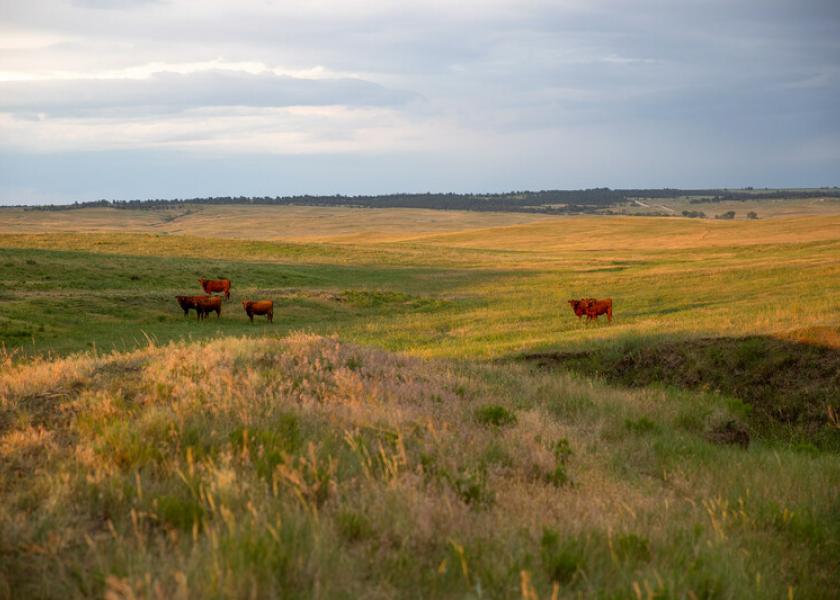Johnson: 2022 Year In Review

Ahh, the year of 2022! It was full of challenges for those of us in the cattle business. Drought, high input cost, excessive heat ……. and more drought! As much as I would like to dismiss and forget the past year there are too many lessons to learn from 2022 that can make us better at the cattle business in the future to just dismiss. If the past year did not test your resilience and resourcefulness …….. you must not have owned any cattle! As we look forward to 2023 and the opportunities that lie ahead, this week I reflect on what we can learn from 2022.
- The cattle business is based on having an available forage base that cattle can graze and turn into beef. The key to profitability is to find a long-term balance of input expenses and production levels. Without grazable forage, finding that balance is next to impossible.
- Prepare for drought when you are getting normal rainfall. Prepare for normal rainfall while you are in a drought. If you can manage to accomplish this it prepares your operation to survive and positions you to financially capitalize on the opportunities that will present themselves in the form of low cattle inventories.
- Cattle are adaptive creatures. Although “you can’t starve a profit into a cow” it is amazing what the ruminant digestive system can convert. If you are willing to do the math, know your cattle’s nutritional needs and are willing to try something new, there are innovative ways to maintain your cows.
- Proper culling methods to reduce inventories leave you with a better cowherd.
- It’s not just the cattle, remember to care for the soil and plants.
- The tough years can make you a better manager if you remember the lessons of 2022. I remain steadfast in my belief that good markets await those who can manage through this.
Since I started writing for Cow-calf Corner, I am frequently asked “how do you pick your topics each week?” The “easiest” part of 2022 was picking a topic because it seemed there was critical need for information addressing a new crisis each week. Would it pay to fertilize Bermudagrass? Preventing heat stress? Culling criteria? Early preg checking? Would it pay to turn your weaned calves into yearlings with no wheat? I may not have been able to provide a “silver bullet” answer but tried to address what you were dealing with on a weekly basis to provide help.
Happy New Year and best of luck to cattlemen and women in 2023!







